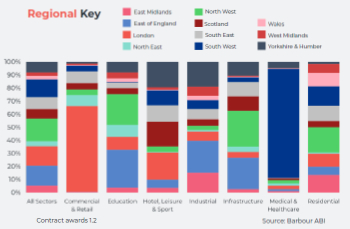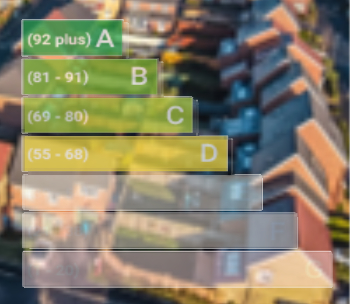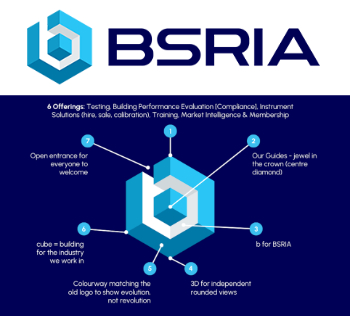Portable Appliance Testing (PAT)
Contents[hide] |
[edit] Introduction
In the UK, portable appliance testing (PAT) is a process that ensures electrical appliances are safe for use. An electric appliance can be taken as meaning any electrically-powered household appliance as well as appliances used in commercial and industrial applications e.g construction sites.
[edit] What testing is required?
Testing requires an examination of the appliance. In most cases, visual checks may suffice to reveal any defects. However, some appliances will require proper testing by qualified personnel. It is important to note that for some defects visual examination is essential as faults may not be detected by testing alone.
Using a checklist that forms part of a periodic electrical maintenance regime, trained users may find it useful to carry out a brief examination of the appliance, depending on the type of equipment and the environment in which it is used. However, it may be necessary to revert to a competent person for more formal visual inspection and testing.
Portable Appliance Testing is covered by the Electricity at Work Regulations 1989 which require that electrical appliances that have the capacity to cause injury should be maintained in a safe condition. However, the regulations do not specify what requires to be done, how frequently it should be undertaken and by whom. In other words, there is no legal requirement to inspect or test electrical equipment. Despite this, responsible employers usually have items such as desk lamps, desk-top power sockets, coffee machines and kettles tested on an annual basis. The items are usually labelled with the date testing was last carried which acts both as a management record and also demonstrates to staff that testing has indeed been carried out.
[edit] Frequency of testing
This will depend on the type of appliance and its use. A drill used on a daily basis on a construction site is likely to require more frequent testing than a low-power consumption domestic floor lamp.
[edit] Who does the testing?
For simple appliances in low-risk environments that require only a visual inspection, all that is required is competency; this may be undertaken by a staff member if they have the knowledge and training. For more complex equipment and applications requiring both visual and electrical testing, a better qualified person such as an electrician will be required.
It should be remembered that PAT is not compulsory. However, employers must ensure their equipment is in a good state of repair to avoid causing injury.
[edit] Related articles on Designing Buildings Wiki
- Articles by the Electrical Contractors' Association (ECA).
- Developing system intelligence for optimising building electricity networks.
- Electric vehicles.
- Electricity supply.
- Energy storage.
- Flexible electrical networks for a low carbon future.
- Kilowatt hour.
- Micro-grids.
- Power factor.
- Subsidy-free low carbon electricity.
- The Future of Electricity in Domestic Buildings.
- The use of batteries to store electricity for buildings.
[edit] External references
Featured articles and news
Spring Statement 2025 with reactions from industry
Confirming previously announced funding, and welfare changes amid adjusted growth forecast.
Scottish Government responds to Grenfell report
As fund for unsafe cladding assessments is launched.
CLC and BSR process map for HRB approvals
One of the initial outputs of their weekly BSR meetings.
Architects Academy at an insulation manufacturing facility
Programme of technical engagement for aspiring designers.
Building Safety Levy technical consultation response
Details of the planned levy now due in 2026.
Great British Energy install solar on school and NHS sites
200 schools and 200 NHS sites to get solar systems, as first project of the newly formed government initiative.
600 million for 60,000 more skilled construction workers
Announced by Treasury ahead of the Spring Statement.
The restoration of the novelist’s birthplace in Eastwood.
Life Critical Fire Safety External Wall System LCFS EWS
Breaking down what is meant by this now often used term.
PAC report on the Remediation of Dangerous Cladding
Recommendations on workforce, transparency, support, insurance, funding, fraud and mismanagement.
New towns, expanded settlements and housing delivery
Modular inquiry asks if new towns and expanded settlements are an effective means of delivering housing.
Building Engineering Business Survey Q1 2025
Survey shows growth remains flat as skill shortages and volatile pricing persist.
Construction contract awards remain buoyant
Infrastructure up but residential struggles.
Warm Homes Plan and existing energy bill support policies
Breaking down what existing policies are and what they do.
A dynamic brand built for impact stitched into BSRIA’s building fabric.





















